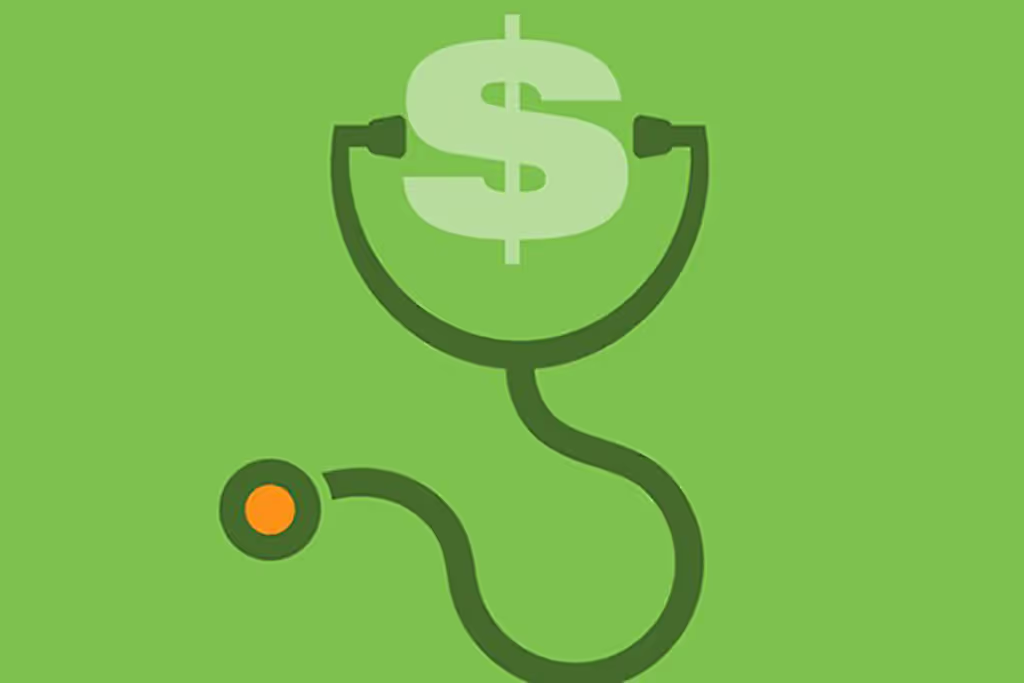Repeat customers are the most valuable customers you have.
Repeat customers:
- Are loyal and satisfied
- Make multiple purchases
- Talk about your brand
- Refer your brand to their friends
However, maintaining your relationship with loyal customers can be tricky.
These relationships need to be maintained with a consistent and rewarding customer experience.
When your customers are happy, your business will prosper.
This article is written to help you learn more about what churn rate is, calculating churn rate, and several churn statistics that will help you design a better customer experience.

What is Churn?
According to Churn-Rate.com. customers that have churned are customers that have cut ties with a business or brand.
What is Churn Used For?
Churn rate is a measurement of the health of your business.

Churn measures:
- The success of increasing customer retention for a company
- The changes that affect customer retention
- Customer Lifetime Value
- The type of customers that have the highest retention rate with your company
- Much more!
How To Get Started With Churn Rate
In order to determine how many customers have churned ask yourself the following questions:
- How many customers do I have?
- How long are they sticking around?
- What are the most popular products?
- What is the average purchase amount?
- How often do your best customers purchase?
It’s helpful to know your short-term and long-term churn rates such as: how many customers leave every month, quarter or year.
How To Calculate Churn Rate

The most basic churn rate calculation: # of churned customers/ total # of customers
The basic churn rate formula is straightforward and simple to calculate.
Here, “customers” is the total number of customers you had on the first day of the time window. Divide the total number of customers who churned or left your service over the period by the number of customers you had on the first day of that period.
Example: Churn rate for the month of February:
You had 5,000 customers on February 1
You had 4,789 customers on February 28th
subtract 5,000 – 4,789 = 211
Calculate churn rate: 211/5,000
Churn rate = 4.22%
But how much does this formula really tell us about our churn rate?
There are many other elements that must be taken into consideration when calculating churn rate. For example:
Time Frame
Is your total # of customers calculated for the month, year, account cycle, etc?
The Moment the Customer Churns
Two definitions of the moment a customer churns:
- The moment of cancellation
- The moment the subscription renewal doesn’t occur
Sample Size
Is your sample size out of 1000? 1,000,000?
It’s important to keep your sample size consistent for every churn rate calculation.
Click here for all the elements that affect churn rate.
What Is The Ideal Churn Rate?
The ideal churn rate is 5% or below.
When you reach a churn rate of 10% and above, this is a warning that your customer experience needs to change.
A high churn rate is a sign that your business is working at an unsustainable rate.
It means that your marketing efforts and resources are going towards acquiring customers and not keeping them.
Seeing that you have a high churn rate means that it’s time to examine how you establish and foster the relationships you have with your customers.
12 Statistics That Will Help Your Churn Rate
Ever heard the phrase “the customer is always right”? It’s true. Your customers are your most valuable assets. Take care of them!
When you create a strategy around customer service and retention, your churn rate will almost certainly decrease because it’s widely known that improving customer satisfaction and customer engagement rates are the best ways to improve customer retention.
This data will give you insight into how to build and foster your customer relationships, how often your customer success team should connect with customers, and finding opportune times to connect with your customers.
1. Reducing churn by 5% can increase profits 25-125%.
In business, everything is about the bottom line and reducing your churn rate will substantially increase your profit margin.
Action Step: Take note of your churn rates at different points throughout the year and find out how much it is impacting your bottom line.
2. Almost 70% of the identifiable reasons why customers left typical companies had nothing to do with the product. The prevailing reason for switching was poor quality of service.
Customer service is of paramount importance to keep churn low. 91% of unhappy customers will not willingly do business with your organization again.
As a business, you should be doing everything you can to keep your customers happy. When a customer feels like you genuinely care for them and for their well-being, they will appreciate your help and your consideration.
Action Step: Call Discover Bank customer service and take a page out of their customer service book. Their customer service team is trained well and has systems in place to exceed customer expectations at every step.
3. Churn can increase by up to 15% if businesses fail to respond to customers over social media.
Customer service is expected everywhere your business is present online. Invest in your brand eexperience by responding to customer questions and concerns on social media in a timely manner.
Action Step: Research commonly asked questions by your customers and design friendly templates that your customer service representatives can use to answer their questions and concerns.
4. 73% of consumers say friendly customer service representatives can make them fall in love with a brand.
Action Step: Make a really good first impression! Your first impression should show the new customer the value of establishing a brand relationship and the value you can continue to bring to their lives.
5. 39% of consumers avoid vendors for over 2 years after having a negative experience.
In B2B, customers are hopping to other organizations every 1-2 years which means a negative brand experience can haunt your sales pipeline for years to come. When a brand’s customer service team is easy to deal with, customers become more willing to accept compromises and sympathize that mistakes can happen.
Action Step: Customer service representatives who have frequent breaks and are empowered to solve customer problems continue to deliver a positive customer experience. Provide your customer service representatives with working conditions that they can thrive in!
6. 82% of consumers have stopped doing business with a company because of bad customer service.
Action Step: Make it up to these customers by sending them wicked deals and promotions that are exclusive to them!
7. The probability of selling to an existing customer is 60-70%. The probability of selling to a new prospect is 5-20%.
Existing customers already know, are satisfied, and trust your brand. With a new prospect, you need to convince them that you are the brand for them. The odds are in your favor to sell to an existing customer!
Action Step: Show new customers and existing customers why you are the brand they should choose. Work on your competitive advantage.
Example: HubSpot and ThriveHive virtually sell the same products and services. But how come everyone has heard about HubSpot and no one has heard about ThriveHive?
It’s their educational content and inbound academy that sets HubSpot apart!
Hubspot has a competitive advantage that puts them at the front of their customers’ mind and makes them industry experts.
8. It costs 5 x more to acquire new customers than it does to keep current ones.
Focus on nurturing the relationships your brand has with customers who have already had an experience with your product or service.
Action Step: Make it harder for customers to break their loyalty to your brand by being as consistent as possible! This way if you mess up once, it’ll still be difficult for customers to justify leaving.
9. Loyal customers are 5x as likely to repurchase, 5x as likely to forgive, 4x as likely to refer, and 7x as likely to try a new offering.
Take advantage for your loyal customers and their willingness to repurchase your product/service, forgive your brand for making a mistake, and try out a new product/service
Action Step: Ask existing customers to beta test your newest offerings at a very discounted price or for free. Since they are highly engaged with your product and brand, they will be able to give great feedback on new products and services.
10. It’s 10x easier to upsell existing customers than win new ones.
If you’re looking to grow revenue, start with your happiest customers. They are already in a position to feel the need to make a purchase.
11. Only 1 out of 26 unhappy customers complain.
If only 3% of unhappy customers complain, that 3% is very valuable!
Simply put, 11% of customer churn could be avoided if the business simply reached out to the customer (Kolsky).
So you can get back to those complaining customers and help them resolve their issues and show that you genuinely care about their experience with your product or service.
Action Step: Inform all employees of your standard operating procedure for dealing with complaints.
12. Get referrals: People are 4x more likely to buy when they are referred by a friend, and referrals have a 16% higher lifetime value.
Social influence and word of mouth are powerful in the world of marketing.
Design campaigns to encourage your happiest customers to advocate for your product or service.
Action Step: Integrate influencers who your target audience is listening to refer your product or service. 74% of people turn to social networks for guidance on purchase decisions (Ogilvy Cannes, 2014).




